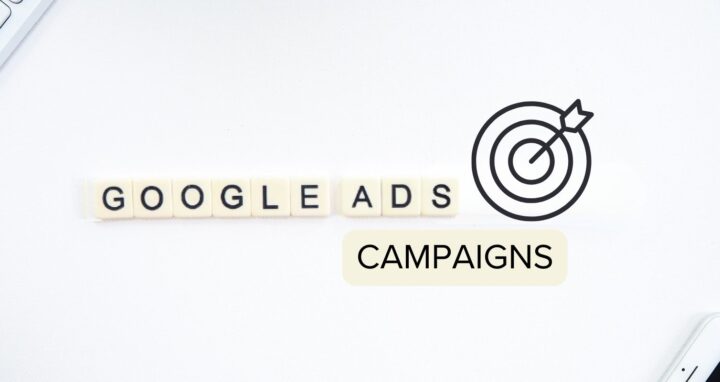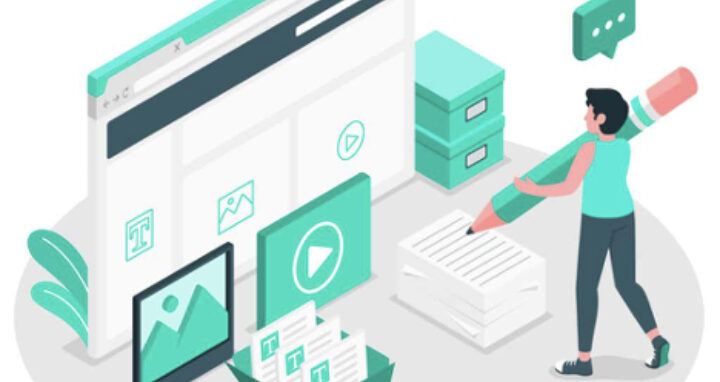How to drive your business growth through PR?
If you are one of those organisations that wants to grow and also be seen as a leader in your sector, then you probably have activities designed to generate leads and leadership. Research we carried out last year shows that most businesses will be giving more importance to digital (55%), social media (52%) and content (43%) in 2016 in their efforts to drive sales and awareness.
But just putting more effort into content, digital and social won’t necessarily deliver a greater sense of leadership or more leads. So we’ve identified below 4 tips that we think will make it easier for you to do so.
Tip #1 – Think loaves and fishes
Tailor one topic so that it will work on every communication channel used by your target audiences
The Christian story of the loaves and fishes tells how Jesus fed 5000 people with just a handful of bread and fish. We aren’t expecting you to work miracles but we are recommending that each time you identify a topic of interest you make it work very hard by bringing it to life in various formats that will work in every channel used by your target audience.
For example, if you carried out some research, it would be natural to create a report and release the results to the press. But the same information could work much harder if you plan it from the outset. You could also have a video summary. The voiceover on the video is an automatic podcast. The research could produce valuable recommendations which could be captured in a text download or summarised in an infographic or slide presentation. And every piece of content could be shared on every appropriate channel from Facebook to LinkedIn and YouTube to Wikipedia.
Tip #2 – Think series not blockbuster
Don’t release the whole story all at once – provide it in bite size pieces
Sometimes it’s good to make a big splash and create a lot of noise in one go. But if you want to ‘nurture’ your contacts so they buy from you and not just talk about you, then you will need to ‘touch’ them multiple time to earn their trust. Research shows that it can take as many as 7‘touches’ to move someone from a cold contact to a customer.
So break your content into bite size chunks so you can release it over time. This way you not only make it easier for people to put your content to work for their advantage but you will build a following too.
Tip #3 – Think screenplay not monologue
Make the first piece of content a script for a short video
If everything starts with the content, then what content should you start with? In our experience most people create in-depth content then try and cut it down to size. While this may work for some, it runs the risk of the story getting lost in the words.
So we recommend you start by capturing what you want to say in a script for a short video. This has a number of benefits, including: It will make you work hard to identify the most important things to say. It’s amazing what you can ‘cut’ if you only have a few seconds to tell your story. It will make you think about the images you will match to the words – making the story multimedia from the outset. And the script can be used as the foundation for a podcast, a presentation, a pitch, a report, a leaflet, an article, a blog … the list is almost endless.
Tip #4 – Think generosity
Make the content you give away valuable enough to your audiences that they will share their data with you
Our final advice is to be prepared to give something away. Many companies worry about giving knowledge away because they think it will help their competitors. While this may be true, if you use it in an integrated campaign, where you are clearly the expert creator, then it will help you more than it will hurt you to be generous.
There are two powerful reasons. Firstly, if you want people to share their data with you and give you permission to keep in contact, then there needs to be a value exchange – their data for your knowledge. Secondly, if you give away your knowhow and expect nothing in return, you trigger the law of reciprocity ie people feel indebted enough to do something for you in return.
If you would like to discuss the content of this document, or its recommendations in more detail, please contact:
Patrik Schober, [email protected]
or
Crispin Manners, [email protected]



